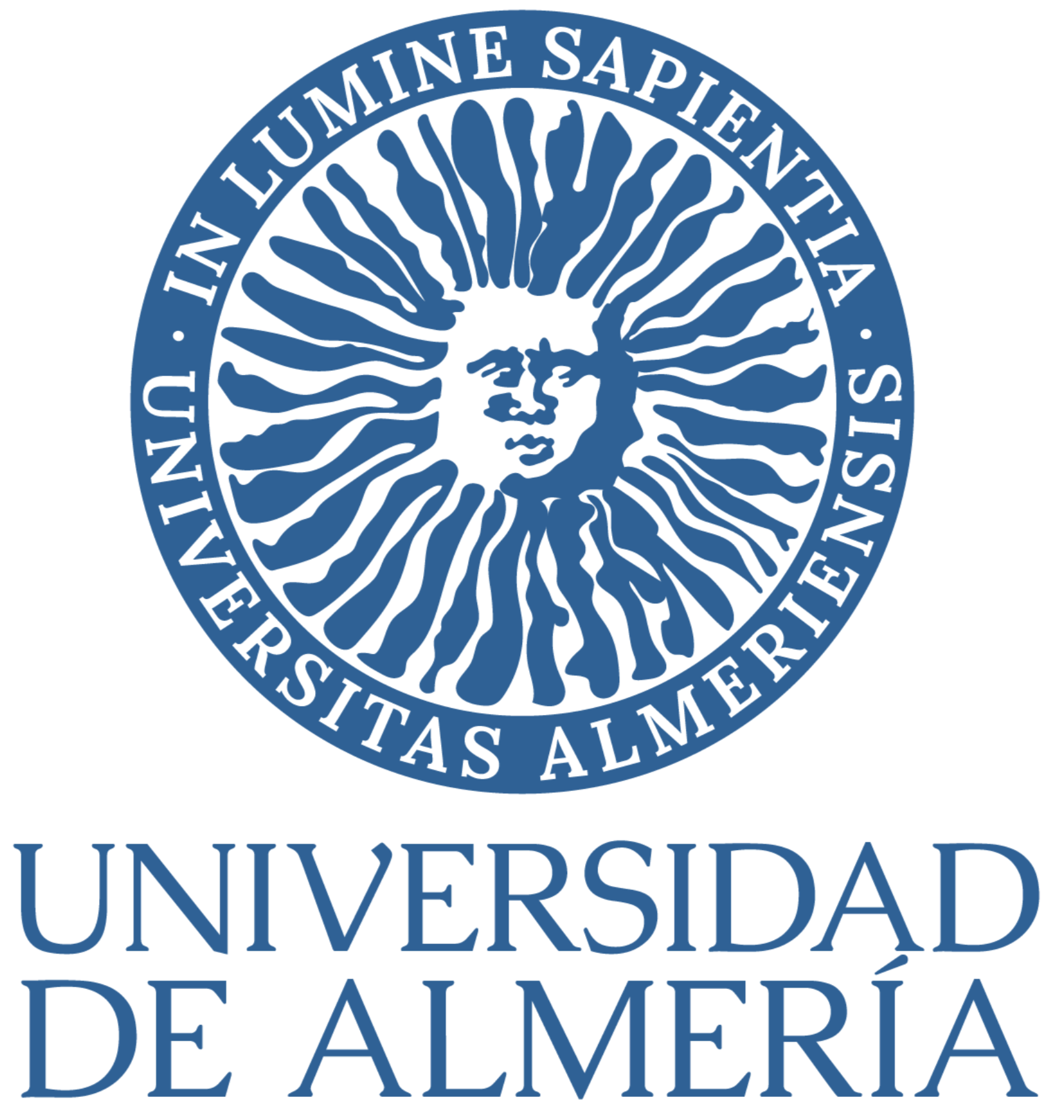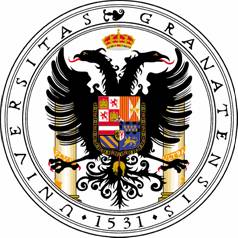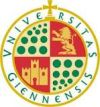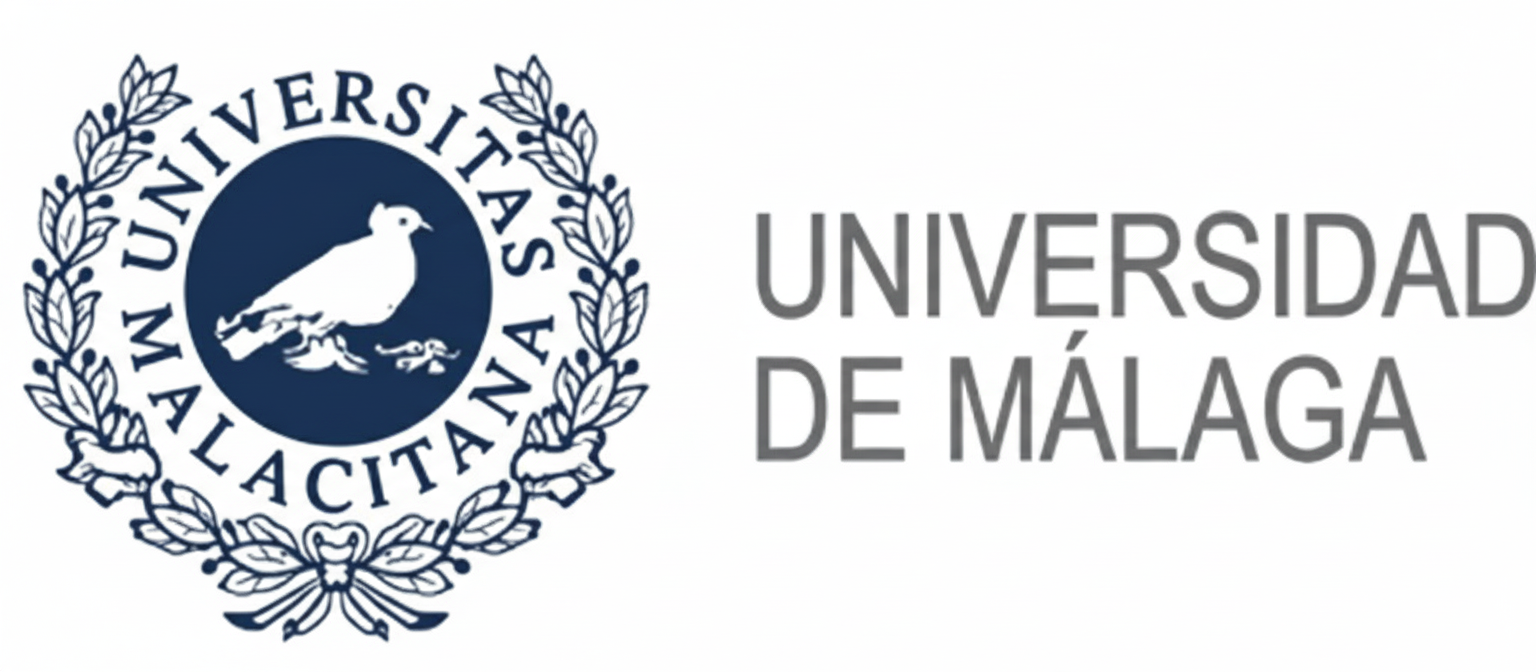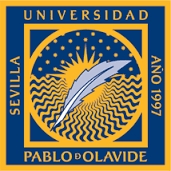Presentación
{{pre.error[0].message}}
Importante:
- Documento de ayuda a tu matrícula.
ATENCIÓN:
- De las cuatro especialidades optativas, el estudiante deberá cursar una obligatoriamente para la consecución del título.
- No es posible obtener el título cursando asignaturas de diferentes especialidades. Es importante que el estudiante elija la especialidad que mejor se ajuste a sus intereses y objetivos profesionales.
- Puedes consultar la relación de asignaturas de cada especialidad en la sección "Especialidades" que se encuentra más abajo.
- Para más información consulta el apartado 'Estructura y distribución de créditos'.
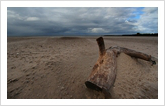 Los daños producidos en el Medio Ambiente durante el siglo XX, directamente originados por menos de un tercio de la población humana, requieren una actuación urgente.
Los daños producidos en el Medio Ambiente durante el siglo XX, directamente originados por menos de un tercio de la población humana, requieren una actuación urgente.
La educación es de importancia crítica para promover el desarrollo sostenible y aumentar la capacidad de las poblaciones para abordar estas cuestiones ambientales y de desarrollo.
Además, existe una demanda importante por parte de organismos oficiales y empresas privadas (turismo, hostelería, ocio, actividades en la naturaleza, desarrollo rural, etc.) de profesionales e investigadores formados específicamente en Educación Ambiental.

Perfil recomendado para estudiante de nuevo ingreso
- En general el Máster está indicado para personas con una buena actitud hacia el medio ambiente (actitud proambiental), que tienen interés por el servicio público, compromiso social, y preocupadas por el deterioro que ciertas actividades humanas producen en el medio ambiente. Como características personales se pueden destacar la empatía, el trabajo en equipo, la creatividad y espontaneidad, la facilidad para comunicarse con otras personas, y la capacidad de organizar actividades y movilizar recursos.
- Perfil con acceso directo. Estar en posesión de alguna de las titulaciones y/o equivalentes que se refieren a continuación, según el orden indicado:
· Prioridad alta: Educación Social, Pedagogía, Ciencias Ambientales, Biología, Ciencias del Mar.
· Prioridad media: Psicología, Sociología, Educación Infantil, Educación Primaria.
· Prioridad baja: Resto de titulaciones.
Datos generales
Rama de conocimiento:
{{pre.presentacion[0].nom_rama}}
Duración del programa:
{{pre.presentacion[0].n_creditos}} Créditos / {{pre.presentacion[0].n_duracion}} años
Tipo de enseñanza:
{{pre.otros_datos[0].tip_ensenanza}}
Lengua(s) utilizadas:
Campo de estudio:
{{pre.presentacion[0].nomambito}}
ISCED:
{{pre.presentacion[0].c_campos_estudio}}
{{pre.presentacion[0].c_campo_estudio_2}}
Coordinación
Teléfono: {{coo.coordinador[0].tlfcoo | trim}}
E-mail: {{coo.coordinador[0].emailcoo}}
E-mail: {{c.cen_email}}










